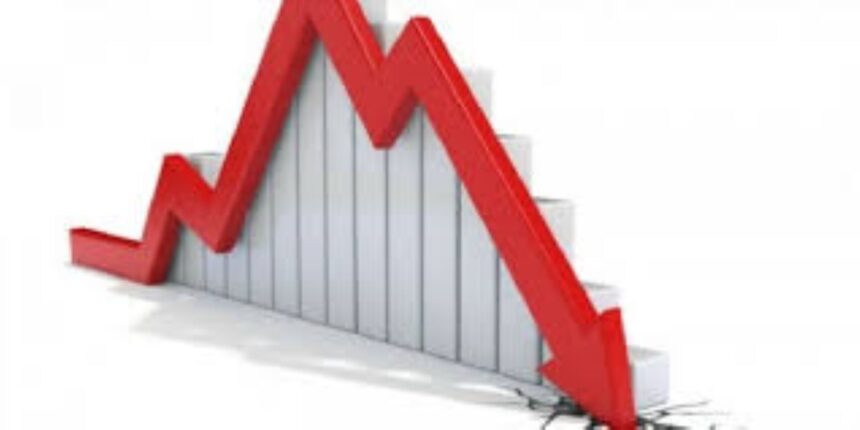Ghana’s Producer Price Inflation (PPI) fell to 24.4 percent in March 2025, down from 27.6 percent in February. This marks a 3.2 percentage point decline, with a month-on-month change of 0.6 percent, according to provisional figures released by the Ghana Statistical Service (GSS).
Despite the overall decline, some sectors continue to experience significant price pressures. The Mining and Quarrying sector recorded the highest inflation rate at 35.4 percent, although this represents a notable drop from 43.7 percent in the previous month. The Manufacturing sector, on the other hand, saw a slight increase in inflation, rising to 22.8 percent from 20.8 percent in February.
At the opposite end, the Information and Communication sector posted the lowest inflation rate at 4.1 percent, down slightly from 4.2 percent the month before. Other sectors such as Construction and Accommodation and Food Services also recorded modest decreases, with Construction dropping to 15.4 percent and Accommodation and Food Services falling to 7.2 percent.
The Producer Price Index reflects the average change over time in the prices received by domestic producers for their goods and services, covering key areas such as Mining, Manufacturing, Utilities, Construction, Transport, and Communication.
Meanwhile, the rising cost of utilities is raising concerns among industry leaders. Tsonam Akpeloo, Greater Accra Regional Chairman of the Association of Ghana Industries (AGI), voiced strong concerns about the impact of the newly announced utility tariffs. Under the revised rates, electricity prices are expected to rise by 14.75 percent while water tariffs will go up by 4.02 percent.
Akpeloo emphasized the need for a more supportive pricing structure for local industries. He warned that unless the government takes steps to reduce production costs, particularly through favorable utility tariffs, the gains made through declining inflation may not translate into real growth or competitiveness. According to him, rising utility costs risk offsetting the benefits of falling producer inflation, as all these factors are interlinked.
He called on the government to prioritize local industrialization efforts by introducing special electricity tariff arrangements for manufacturers to maintain momentum in economic recovery and ensure inflation gains are sustained.







